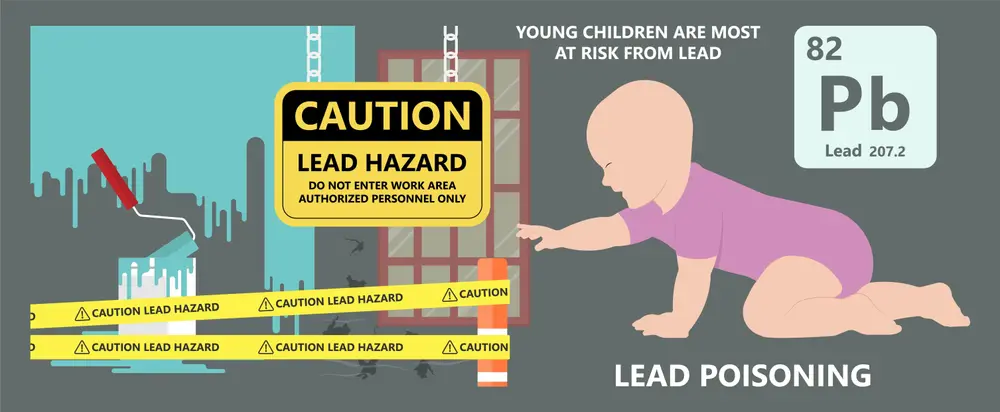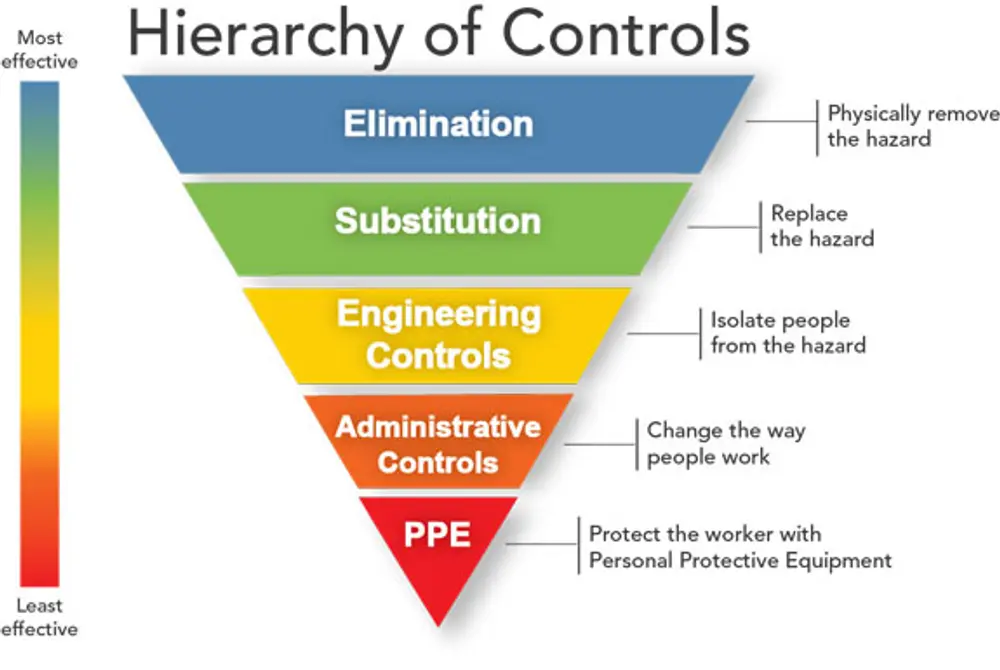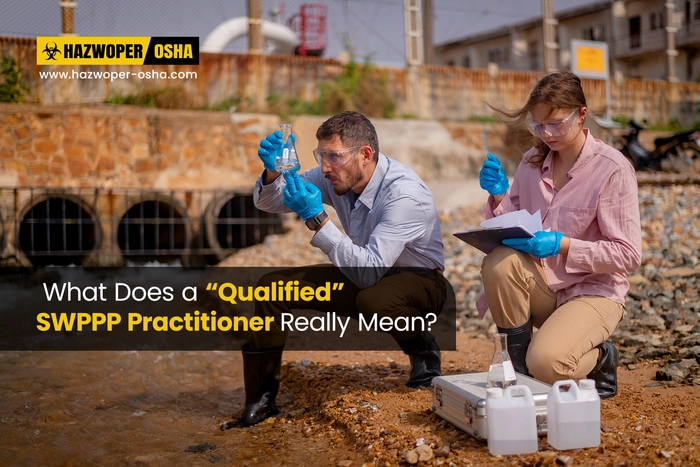Preventing Lead Poisoning in Occupational Settings
 Every October, the Centers for Disease Control and Prevention (CDC), the U.S. Environmental Protection Agency (EPA), and the U.S. Department of Housing and Urban Development (HUD) collaborate to observe National Lead Poisoning Prevention Week (NLPPW). This dedicated week aims to raise awareness about lead poisoning prevention and encourage preventive actions to reduce the likelihood of childhood lead exposure.
Every October, the Centers for Disease Control and Prevention (CDC), the U.S. Environmental Protection Agency (EPA), and the U.S. Department of Housing and Urban Development (HUD) collaborate to observe National Lead Poisoning Prevention Week (NLPPW). This dedicated week aims to raise awareness about lead poisoning prevention and encourage preventive actions to reduce the likelihood of childhood lead exposure.
Children are especially vulnerable to the effects of lead poisoning because their bodies are still developing. Lead can damage a child's developing brain and nervous system, which can lead to learning disabilities, behavioral problems, and other long-term health problems.
Did you know that occupational exposure to lead can result in the worker bringing home lead dust on their clothes, shoes, and skin, which can then be ingested by other members of the family, including children? This is known as take-home lead exposure.
In the context of the above statement, let’s look at ways to prevent occupational lead exposure as part of our goal to help employees working with or around lead to understand the dangers of lead poisoning and take steps to protect themselves, their colleagues, spouses, and children.
This article will explore the importance of lead poisoning prevention, the risks associated with lead exposure, and best practices for safeguarding the health and safety of workers in environments that may lead to lead exposure.
What is Lead?
Lead is a heavy metal that is toxic to humans. It can be found in various products and materials, including lead-based paint, lead-contaminated dust, lead-contaminated soil, batteries, and gasoline. Lead poisoning can occur when people breathe in lead dust or fumes or ingest lead from food or water.
Lead Poisoning in Occupational Settings
Lead has been used in various industries for centuries due to its desirable properties, such as corrosion resistance and malleability. However, lead exposure poses significant health risks, making lead poisoning prevention crucial, especially in occupational settings. Workers employed in the below occupations are susceptible to lead poisoning.
- Construction and demolition operations,
- Lead smelting and refining,
- Lead soldering and welding,
- Battery manufacturing,
- Ammunition and firearms manufacturing,
- Painting,
- Plumbing,
- Auto repair,
- Recycling operations,
- Printing,
- Pottery, and
- Shooting ranges.
Workers in these industries can be exposed to lead dust and fumes from lead-based materials. Lead poisoning can also occur from take-home lead exposure when workers bring lead dust and fumes home on their clothes and skin.
Health Implications of Lead Poisoning
Lead poisoning can have severe consequences for the health and well-being of workers directly exposed to lead. Lead exposure can also be experienced by individuals (such as work colleagues, friends, and family members) because of secondary contamination. Even low levels of lead exposure can result in:
- Neurological damage: Impaired cognitive function, behavioral changes, and developmental issues in children.
- Kidney and cardiovascular problems.
- Anemia.
- Reduced fertility.
- Digestive issues.
- Learning disabilities.

Preventing Lead Poisoning in Occupational Settings
There are several methods that employers and workers can use to prevent lead poisoning in occupational settings. Many of these are governed by OSHA’s Lead Standards for the General Industry (29 CFR 1910.1025) and the Construction Industry (29 CFR 1926.62).
Employee Training
Providing employees training on working with lead or lead-containing materials is essential for minimizing lead exposure and preventing lead poisoning in occupational settings. Below are some of the topics that the training should cover.
- The hazards of lead exposure.
- The symptoms of lead poisoning.
- How to prevent lead exposure.
- How to implement engineering, administrative, and work practice controls.
- How to use personal protective equipment (PPE) properly.
To gain an in-depth understanding of lead exposure and control measures in the construction industry, enroll in our online OSHA Lead Awareness Training course.
Elimination and Substitution
According to the Hierarchy of controls, the best way to prevent workers' exposure to hazardous materials or toxic substances is to either eliminate (remove) them from a process or substitute them with something less harmful to human health. An example would be to substitute a lead-based product such as lead paint, with a lead-free paint brand. However, these two options are in most cases not feasible, and as such the Hierarchy of Controls has provided other options to safeguard worker health in occupational settings.
Engineering Controls
Engineering controls placed after elimination and substitution in the Hierarchy of Controls developed by NIOSH, are considered an effective method to reduce worker exposure to lead in occupational settings. Examples of how employers may implement engineering controls in a workplace that uses lead include:
- Providing ventilating systems such as local exhaust ventilation (LEV) to remove lead dust and fumes from the air.
- Using wet methods to control dust clouds.
- Enclosing lead-containing processes to prevent widespread exposure.
- Using high-efficiency particulate air (HEPA) vacuums to control dust.
Administrative and Work Practice Controls
Administrative controls and good work practices are next in line within the Hierarchy of Controls. Such control measures can assist in reducing workers' exposure to lead at the worksite. Ensuring workers follow predefined safe work practices, can result in reducing the probability of lead exposure. Examples include:
- Restricting unauthorized personnel from entering lead-contaminated zones.
- Washing hands and face frequently.
- Bathing and changing clothes before leaving work.
- Avoiding eating or drinking in areas where lead is present.
- Keeping work areas clean and free of lead dust.
Personal Protective Equipment (PPE)
PPE can help to protect workers from lead exposure, but it is not as effective as engineering, administrative, and work practice controls. In the Hierarchy of Controls, PPE is considered the least effective control measure. However, there are many instances when PPE must be used. Employers must ensure employees are given appropriate PPE for use free of charge. Employees must also be advised and guided on the effective use of PPE. Examples of PPE that employees may need to use to minimize lead exposure are respirators, gloves, goggles, and protective clothing.
Medical Monitoring
OSHA recommends medical monitoring for workers exposed to lead. Workers should be monitored regularly for signs of lead poisoning. This may include blood lead testing and other medical tests. Many conditions must be fulfilled based on the OSHA standards. Employers should read and understand them in the context of medical surveillance required for workers exposed to lead at the workplace.
Conclusion
Lead poisoning is a serious health problem that can be prevented in occupational settings. Ensuring a workplace free from lead hazards and lead exposure is not just about regulatory compliance; it's about safeguarding the lives and livelihoods of workers. By recognizing the risks, implementing controls, and promoting a safety culture, employers can ensure that their workforce is protected from the hazards of lead exposure. Moreover, preventing lead poisoning not only preserves the health of employees but also benefits organizations by reducing absenteeism, healthcare costs, and legal liabilities associated with lead-related illnesses.
Employers and workers can work together to reduce lead exposure by implementing engineering controls, using PPE, following good work practices, and providing employee education and training.
In the pursuit of a safer workplace, lead poisoning prevention is an essential priority. Let’s take a moment during this National Lead Poisoning Prevention Week to spread greater awareness of the dangers of lead exposure in and out of the workplace.

 EN |
EN |  ES
ES
































































































































